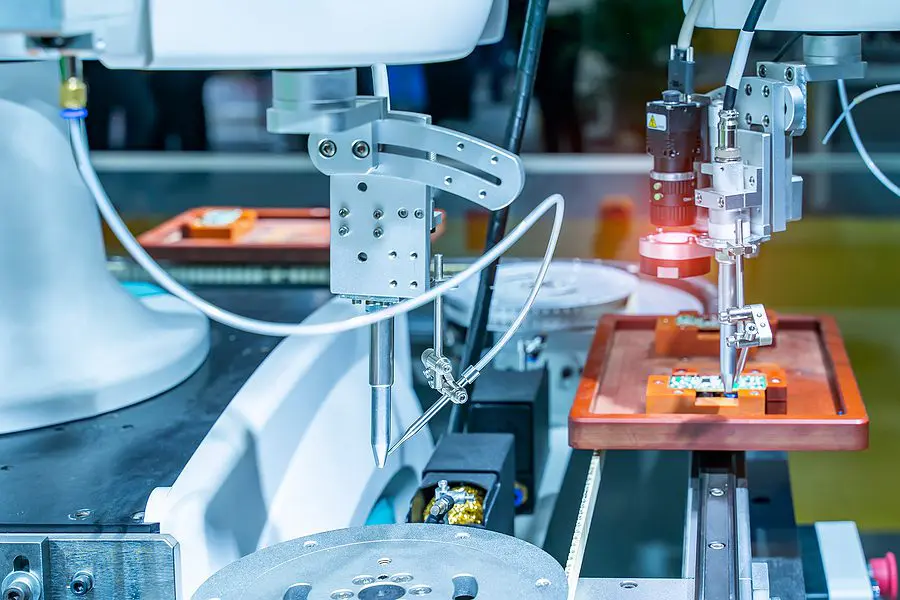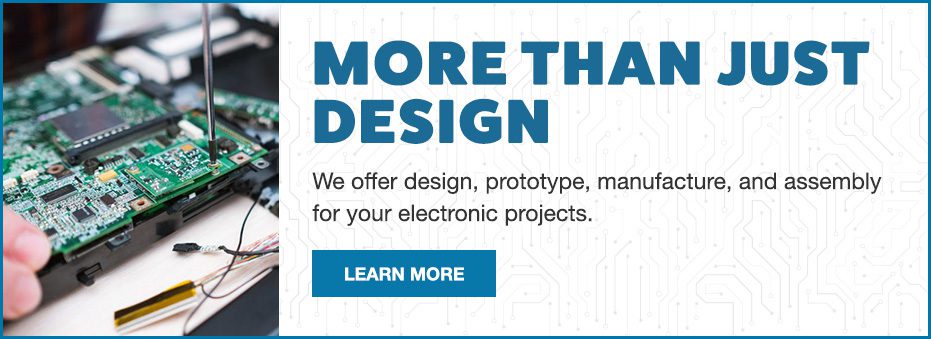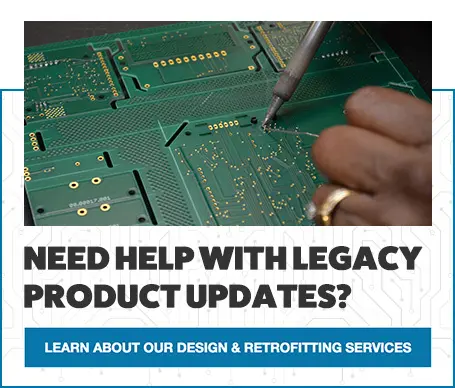Should Your Electronic Design Have a DFM?
The gap between the product idea and the production of that product is large and difficult to bridge. There are many innovative concepts that may not be feasible once they reach the production process, and this can be frustrating to both the designers and manufacturers. Design for Manufacturing is able to bridge that gap.

What is a Design for Manufacturing?
Design for Manufacturing (DFM) is an approach that involves developing prototypes that align with downstream manufacturing processes. DFM is often the key to increasing product quality and saving costs during manufacturing. DFM fills the gap between having a product idea and producing the product that will be sold. The design process will focus on producing parts and components that can be easily manufactured. DFM means fully integrating manufacturing considerations into the design process.

What are the Benefits of a DFM?
There are several benefits of incorporating the DFM approach.
-
Avoid Errors During Fabrication and Assembly
The DFM approach allows you to catch any mistakes in the design early. Catching errors when the product is in the later stages of fabrication and assembly can result in low quality or a failed product. The closer the fabrication was to the end, the more difficult and expensive it will be to diagnose what went wrong and fix it.
-
Shorten New Product Development Cycles and Reduce Time to Market
An intricate design by the design group may turn out to be difficult to manufacture or assemble, adding additional time to the development and production of the product. Simplifying and reducing the number of manufacturing operations and parts can help make production more feasible and shorten the development lifecycle. A DFM can do that for you.
-
Save on Design Modification Costs to Achieve the Lowest Total Cost
By utilizing the DFM approach, the cost and availability of materials can be discussed in the planning stages, giving you the opportunity to seek more cost-effective alternatives. Modular designs can be implemented to reduce assembly time. In addition, avoiding errors during fabrication will save costs overall.
-
Attain More Consistent Quality Control and High Performance
Standardization is essential to quality control. In a DFM approach, the team can evaluate the design and production flow and create a standard procedure to ensure overall quality control.
What will a DFM Approach Include?
The DFM approach will go through several stages.
-
Manufacturing Process
DFM is an efficient process that involves all the important players in developing the prototype. The design team, engineers, manufacturers, and suppliers will all be involved in determining how feasible a prototype is.
-
Product Design
The product design will be examined by the manufacturing partner to ensure that the design conforms with best manufacturing principles.
-
Material Selection
Material selection should contain all mechanical, electrical, and thermal properties required in the end product. Materials should be scalable.
Start Your Quote Now!-
Operational Conditions and Testing
The product will need to remain functional within the environment it will be in during use, as well as remaining compliant with safety and quality standards. Batch testing can be easier when proper design is addressed in the early stages of PCBA.
Using a DFM approach can be extremely beneficial in the design and manufacture of a product. The quality, time to market, and cost effectiveness of this approach make it the smart choice for any PCBA. We understand the value DFM brings to any project, and we can help streamline your design. Contact Levison Enterprises today for a free quote. Let us help you build something great.